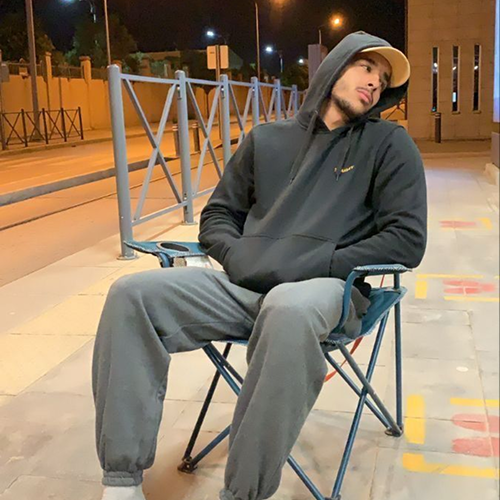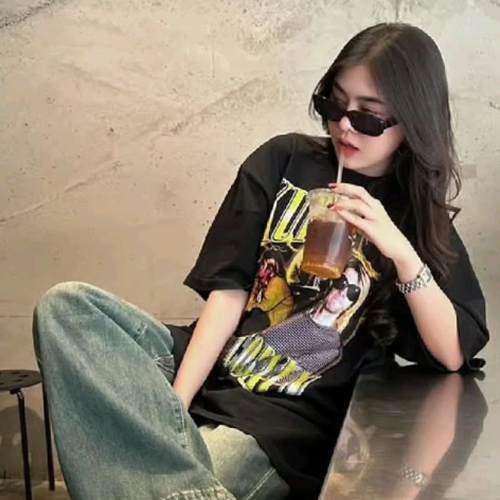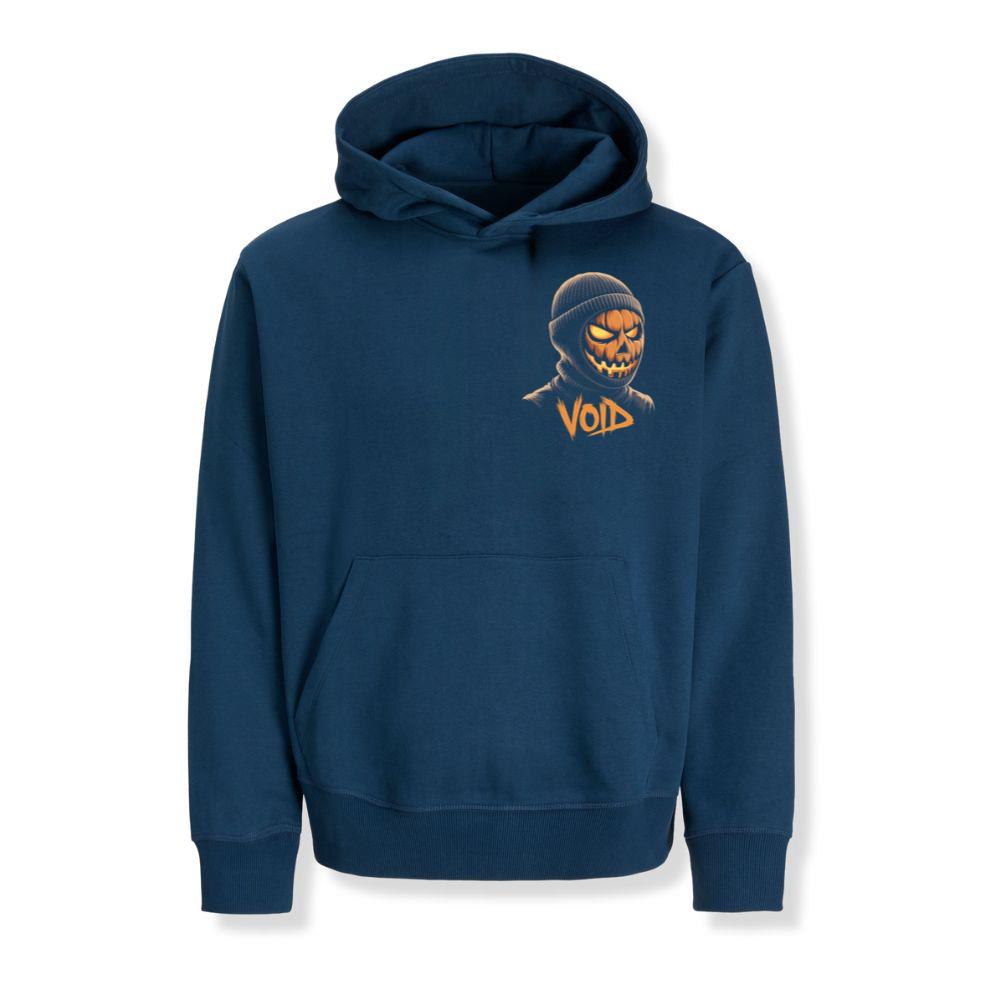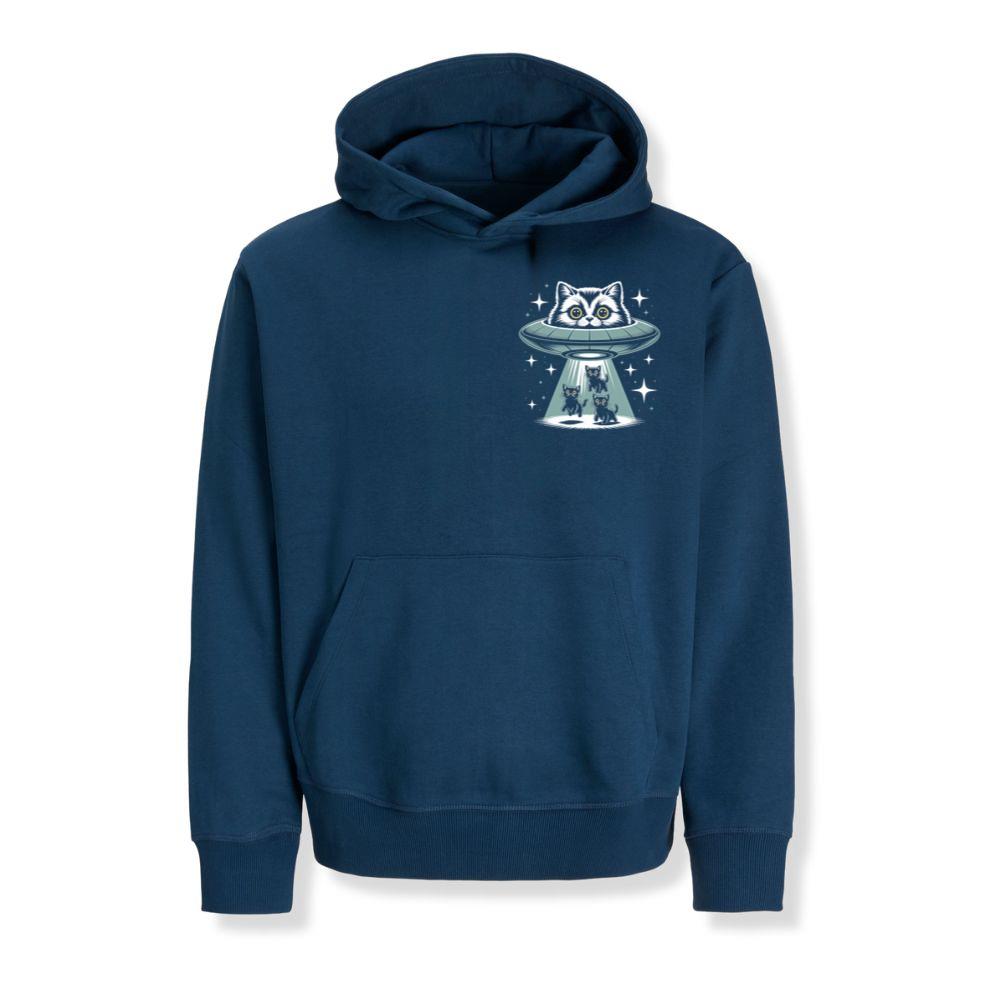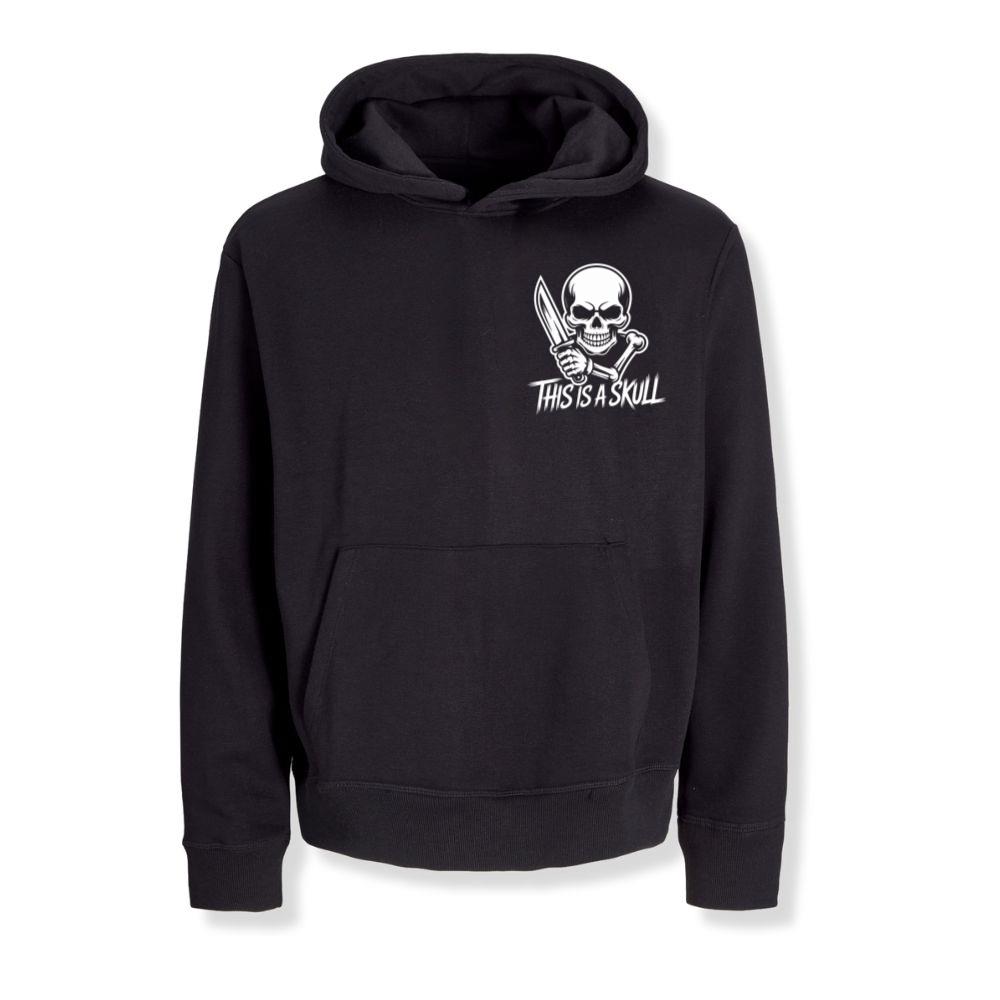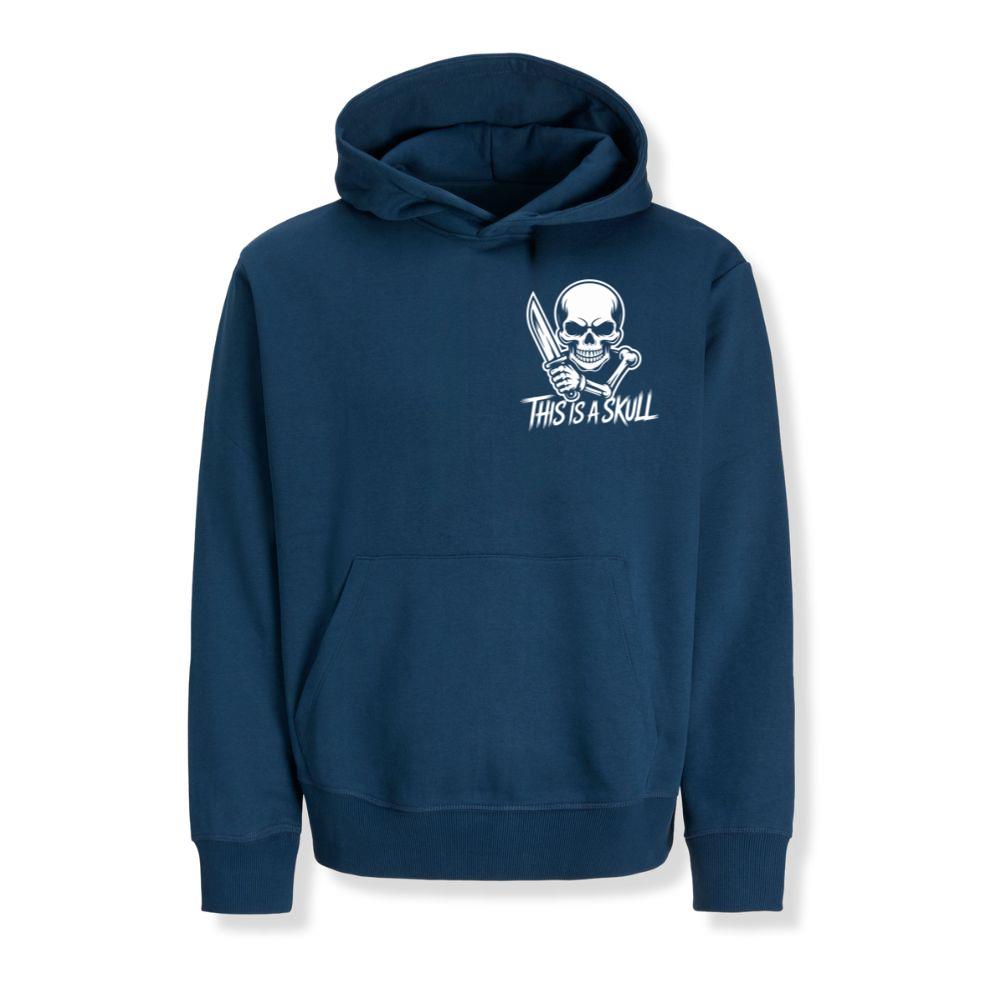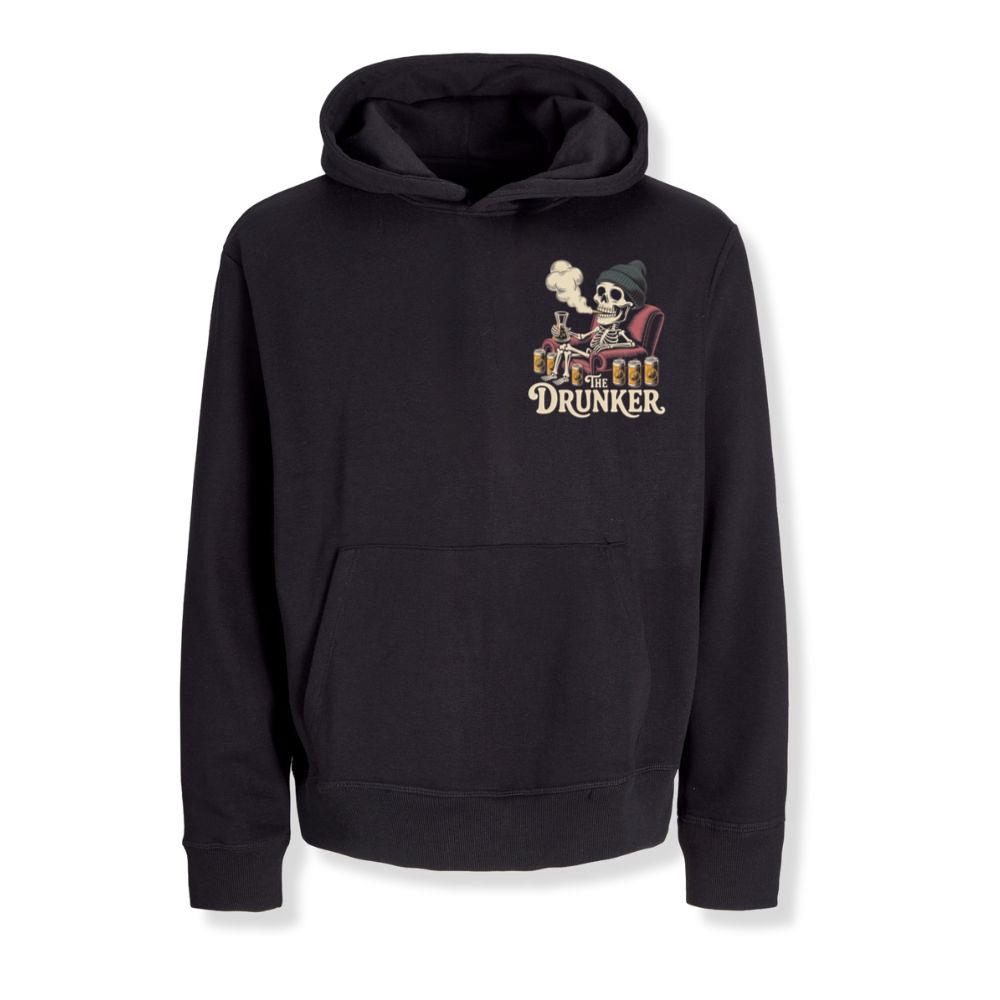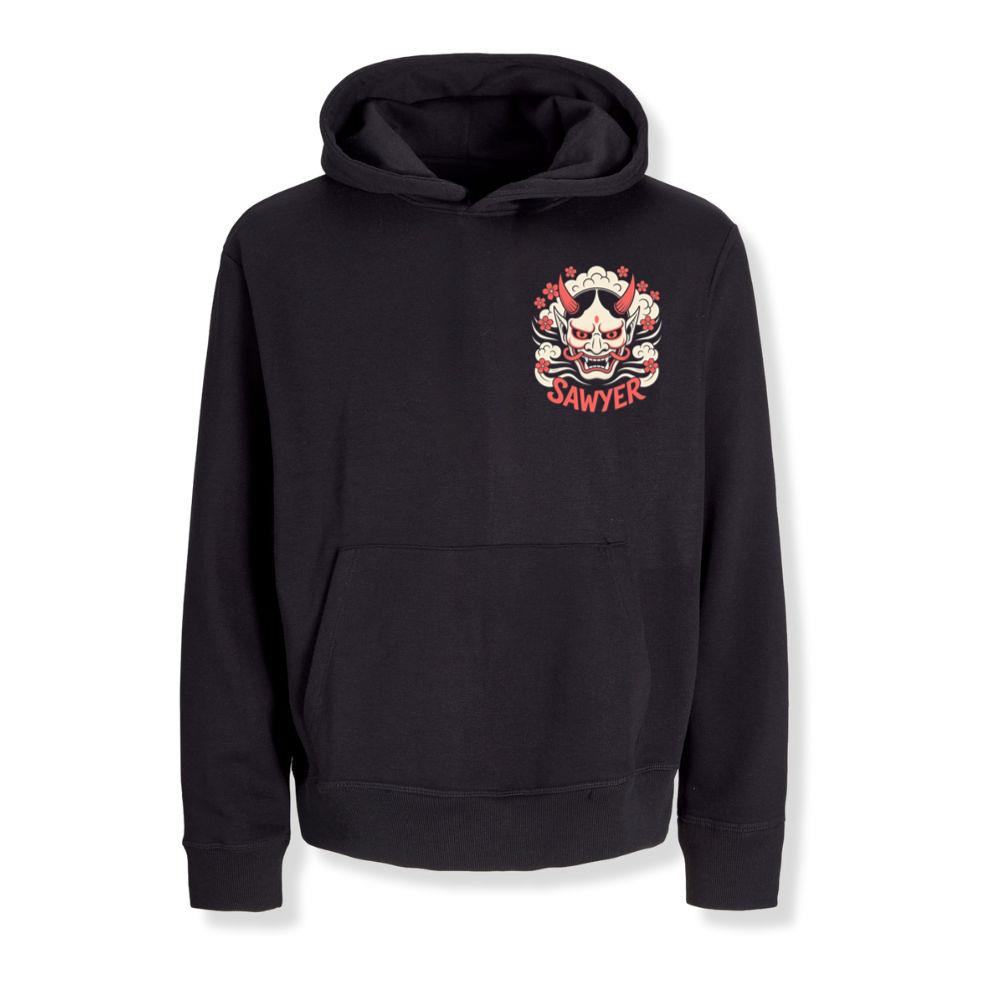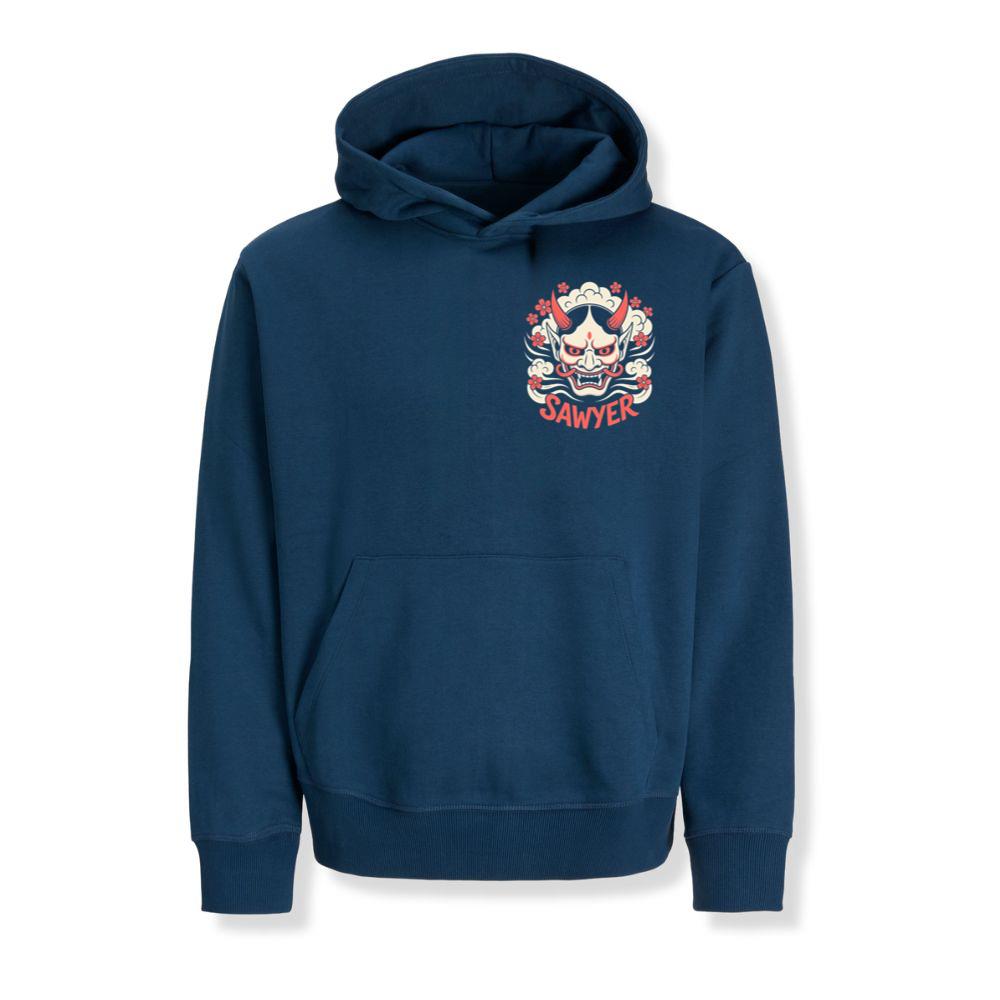Introduction: More Than Just Cotton and Thread
The T-shirt is the simplest piece in your wardrobe — and yet, the most expressive.
It’s a blank page, a silent manifesto, and a bridge between comfort and identity.
From vintage band tees to luxury minimalist cuts, the T-shirt speaks a universal language: freedom.
You can wear it to a concert, a date, a protest, or a board meeting under a blazer — and it always fits.
No other garment has shaped the modern aesthetic quite like the humble T-shirt.
The Humble Origins: Workwear to Symbolism
It began, as so many style revolutions do, with utility.
In the early 1900s, the T-shirt was nothing more than an undergarment for laborers and soldiers — plain white, crew neck, short sleeves.
But in 1950s America, something shifted.
When Marlon Brando wore a tight white tee in A Streetcar Named Desire, and James Dean followed in Rebel Without a Cause, the T-shirt became rebellion stitched in cotton.
It wasn’t just underwear anymore. It was a uniform for youth, defiance, and individuality.
Cultural Ascension: The Canvas of Self-Expression
The T-shirt became the world’s most democratic art form.
Anyone could own one, wear one, or print one — and in doing so, say something.
From tie-dye Woodstock tees to punk band logos in the 70s, from Nike swooshes to Supreme box logos, the T-shirt evolved into a medium of identity.
Each print told a story: a band you love, a cause you fight for, a brand you trust, or a city you belong to.
In a world of fast-changing trends, the T-shirt remained a constant — adapting to every generation like a trusted friend.
The Modern Minimalist Revolution
In today’s world, the T-shirt has returned to its roots — but with sophistication.
The new wave of fashion celebrates texture, fit, and tone more than loud graphics.
Labels like COS, Norse Projects, Maison Margiela, and Sunspel treat the T-shirt as a design object — a study in proportion, color, and material science.
A perfect tee is a statement of restraint. It whispers instead of shouting.
You notice the drape, the weight, the way it frames the shoulders — not the logo on the chest.
That’s modern confidence: understatement over spectacle.
Fit: The Architecture of Effortless Cool
The way a T-shirt fits changes everything about how you move and feel.
- Classic Fit: timeless, balanced, and easy to pair with anything.
- Boxy Fit: the streetwear favorite — sharp shoulders, cropped hem, structured silhouette.
- Oversized: loose, expressive, anti-conformist.
- Slim Cut: sleek and contemporary, perfect for layering.
Fit isn’t just about aesthetics — it’s about psychology.
A good T-shirt makes you stand taller, breathe easier, and feel more like yourself.
Fabric: The Science of Comfort
Behind every great T-shirt lies great fabric.
It’s what separates a $5 tee from a $95 one.
- Combed Cotton: ultra-smooth and breathable.
- Organic Cotton: soft with minimal environmental impact.
- Supima Cotton: long-fiber luxury that holds color and shape.
- Bamboo & Modal: silky, temperature-regulating blends.
- Heavyweight Jersey: structure and depth for a premium look.
Every thread choice tells a story about care — and about values.
A well-made tee feels alive on the skin.
Color Theory: Shades That Speak
Colors in T-shirts are emotional language.
White is purity. Black is confidence. Grey is balance. Navy is intelligence. Earth tones are calm.
Minimalist wardrobes lean on monochrome basics, but bold tones — mustard, forest green, faded red — bring individuality without chaos.
Owning a range of neutral tees is like having a fluent vocabulary: you can communicate any mood through fabric.
The Genderless Code
The T-shirt knows no boundaries — gender, age, class, or culture.
It’s the rare garment that transcends identity politics.
Designers are dropping gendered sizing and creating universal silhouettes that drape beautifully on every body.
A well-designed tee celebrates form, not conformity.
The Sustainable T-Shirt Movement
Fast fashion flooded the world with disposable tees, but now, the industry is pivoting back to longevity and ethics.
Brands like Everlane, Asket, and Pangaia are redefining production:
- Traceable cotton sources.
- Transparent supply chains.
- Water-saving dyeing techniques.
- Recycled and regenerative fabrics.
The modern T-shirt represents responsibility as much as comfort.
You wear your values as much as your style.
The Art of Pairing: From Street to Studio
The T-shirt’s strength lies in its versatility.
It’s the single most adaptable piece in any wardrobe.
How to wear it:
- Streetwear Core: Oversized tee + cargo pants + sneakers + cap.
- Casual Office: Structured tee + chinos + loafers + leather watch.
- Minimal Luxe: Boxy heavyweight tee + pleated trousers + white sneakers.
- Layer Game: Tee under open shirt or cardigan for depth and texture.
- Summer Simplicity: Slim tee + linen shorts + slides.
Each combination balances ease with edge — the modern uniform of confidence.
The Emotional Connection
Everyone has a T-shirt they can’t throw away — faded, stretched, maybe even torn.
Why? Because it holds memories woven into cotton.
A concert tee from your teenage years.
A souvenir from a trip abroad.
A shirt from someone you loved.
Unlike fast trends, T-shirts age gracefully.
Their imperfections become proof of life — the patina of personal history.
The more you wear it, the more it becomes yours.
The Symbolism in Pop Culture
From Fight Club’s white undershirts to Pulp Fiction’s printed graphics, the T-shirt has shaped cinematic identity.
Rockstars, rebels, artists, and activists — all wore tees as armor of individuality.
Even today, a T-shirt can carry political weight.
Black tees for solidarity. White tees for peace. Slogans for awareness.
Fashion is speech, and the T-shirt is its most fluent dialect.
The Return of Craftsmanship
Artisanal production is redefining the meaning of the “perfect tee.”
Brands are focusing on stitch density, reinforced seams, garment dyeing, and local manufacturing.
A single tee can take hours to perfect — the neckline ribbing, the shoulder drop, the hem curve.
Craftsmanship turns simplicity into sophistication.
It’s why a plain tee from John Elliott or Nudie Jeans feels different the moment you touch it.
Personal Style: How to Build a Signature Look
Your T-shirt can define your aesthetic when styled with intention.
Try this approach:
- Pick Your Base: Heavy cotton or soft drape — it sets the mood.
- Choose Palette: Build a neutral foundation, then layer bold accents.
- Play with Layers: Add denim, utility jackets, or structured overshirts.
- Accessorize Lightly: Silver chain, clean watch, or cap for balance.
- Fit Is Everything: The right proportion turns simplicity into sophistication.
The goal is not to stand out — it’s to look effortless.
T-Shirts in the Age of Quiet Luxury
Quiet luxury celebrates the understated — and no piece embodies that better than the T-shirt.
A perfect tee paired with tailored trousers and sleek sneakers is the new power suit.
It signals confidence without excess, taste without arrogance.
This is modern dressing: comfort meets composure.


